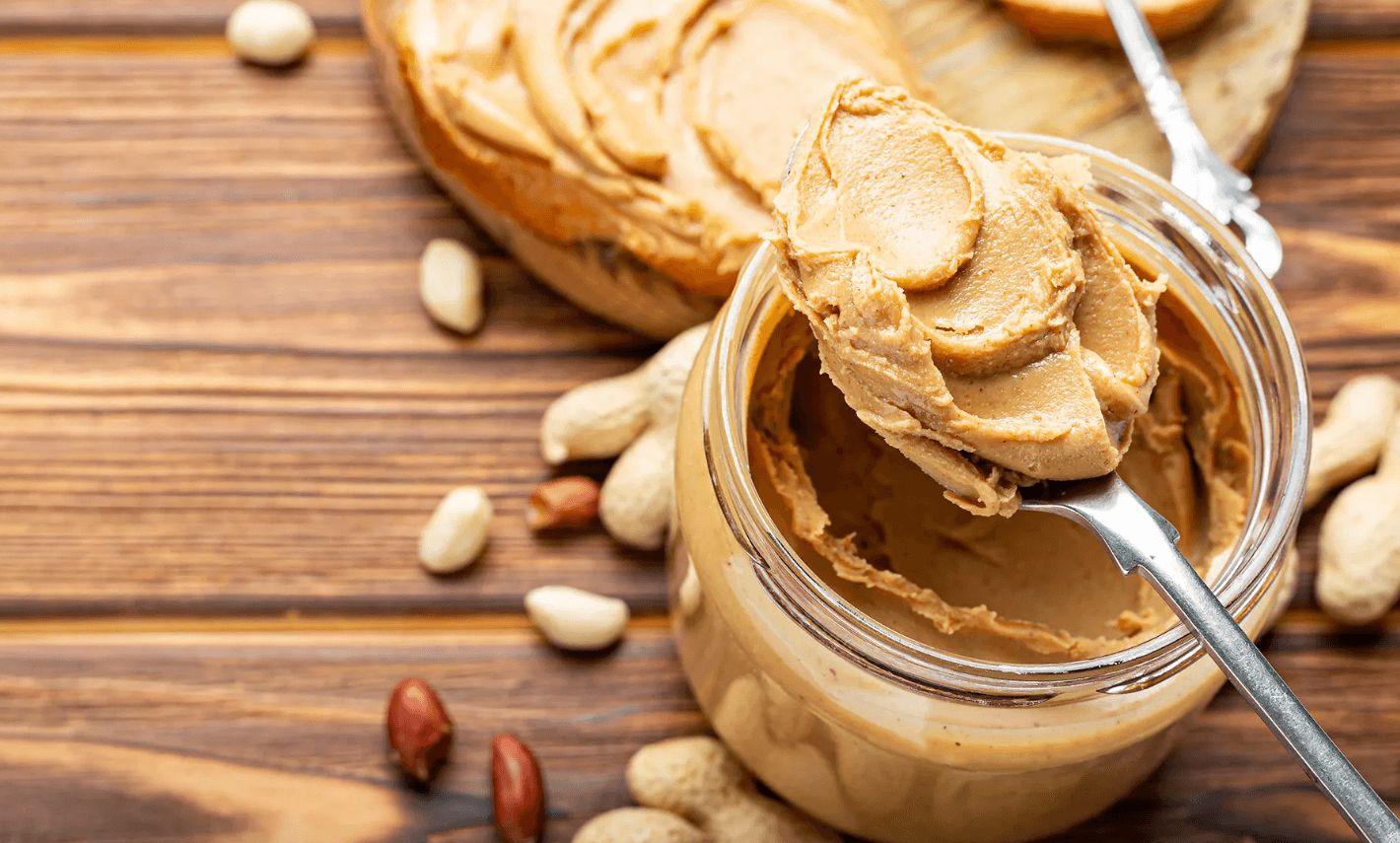- Thriving Guide
- Posts
- Foods That Look High in Protein but Aren’t
Foods That Look High in Protein but Aren’t
These popular picks may not pack the protein punch you think here’s what to eat instead.

Protein is a nutritional powerhouse, vital for muscle repair, immune function, and keeping you full between meals. But while you may be reaching for foods that seem protein-rich, not all snacks and staples deliver as much of this macronutrient as you might expect.
To be classified as a "high-protein food," it should contain at least 20% of its calories from protein. Yet, many so-called protein-packed options fall far short. Here are six foods that are often mistaken for high-protein sources plus how to boost your intake the right way.
1. Almond Milk
Almond milk may be a dairy-free favorite, but it’s surprisingly low in protein. Despite its creamy texture, it doesn’t come close to the protein content of cow’s milk.
Almond milk (unsweetened): ~2 grams of protein per cup
Dairy milk (1% fat): ~8 grams of protein per cup
Unless it’s been protein-fortified, almond milk is not a protein-rich beverage. If you’re plant-based, consider switching to soy milk, which contains roughly the same protein as cow’s milk.
2. Avocados
Avocados are a nutritional gem loaded with heart-healthy fats, fiber, and potassium but protein isn’t their strong suit.
Half an avocado: ~1.5 grams of protein
They’re great in a balanced diet but shouldn't be counted on as a meaningful protein source. Try pairing avocado toast with a poached egg or smoked salmon for a protein boost.
3. Hummus
Made from chickpeas, hummus seems like a smart, plant-based protein option. But serving sizes are often small and the protein content reflects that.
¼ cup hummus: ~2 grams of protein
To make it more substantial, spread hummus on whole-grain bread, pair it with boiled eggs, or serve it alongside edamame or tempeh for a more filling meal.
4. Granola Bars
They might be labeled as “energy” or “protein” bars, but many standard granola bars are more sugar and carbs than protein.
Typical granola bar: 1–3 grams of protein
High-protein bar: 10–15 grams of protein
Check the nutrition label before assuming a bar fits your protein needs. Look for bars with protein listed in the first three ingredients, and avoid those high in added sugar.
5. Peanut Butter
Peanut butter does contain protein but not as much as its reputation might suggest.
2 tablespoons peanut butter: ~7 grams of protein
It’s more of a fat-based spread than a protein powerhouse. To increase its protein value, pair it with Greek yogurt, high-protein bread, or add some seeds like chia or hemp.
6. Cheese
While cheese does provide protein, it’s not considered a high-protein food by percentage plus it’s easy to overdo the sodium and saturated fat.
1 ounce cheddar cheese: ~6–7 grams of protein
Enjoy cheese in moderation, but round out your plate with more potent protein sources like eggs, beans, or lean meats if you’re looking to hit your daily targets.
How Much Protein Do You Really Need?
While protein trends have exploded in recent years, most adults don’t need protein shakes or bars to meet their needs. The recommended dietary allowance (RDA) is:
0.8 grams per kilogram of body weight
That’s about 46 grams per day for the average woman, though your needs may be higher if you're pregnant, older, or highly active.
A Better Way to Get Your Protein
Instead of relying on snacks that only seem protein-rich, build your meals around truly high-protein foods like:
Poultry, lean beef, and fish
Tofu, tempeh, and lentils
Greek yogurt and cottage cheese
Eggs and egg whites
Soy milk or fortified plant-based options
Aim for 20–30 grams of protein per meal, and spread your intake across the day for better muscle synthesis, energy, and fullness.
The Bottom Line
Not all “protein” foods are created equal. By reading labels and knowing which items are actually protein-rich, you can make better choices to support your goals whether you're building muscle, losing weight, or just trying to stay energized through your day.
Was this helpful? Subscribe to our newsletter or share it with someone tracking their protein intake.